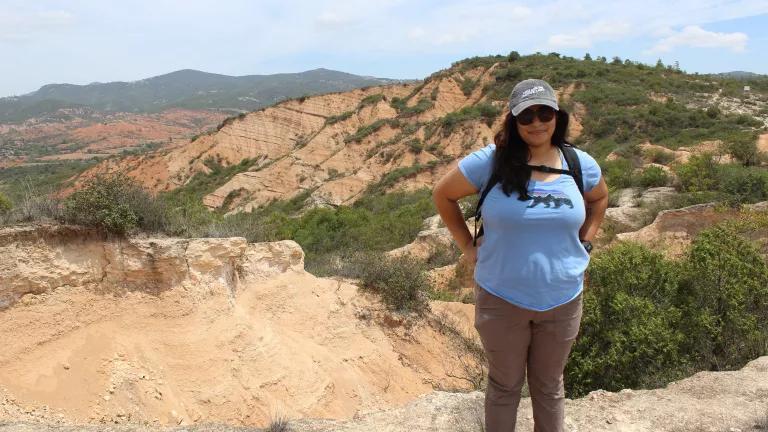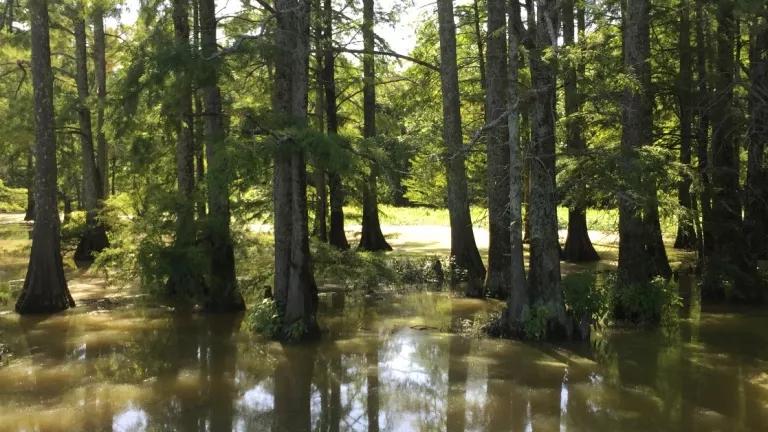Nuclear Fuel's Dirty Beginnings: Environmental Damage and Public Health Risks from Uranium Mining in the American West
Uranium mining anywhere poses significant environmental, economic, and social risks. In the high plains, Rocky Mountains, and intermountain West, however, where water resources are already scarce, it is inevitable that water-intensive uranium extraction poses significant risks to the region's environmental and public health. Nonetheless, domestic and international mining companies are showing renewed interest in recovering uranium that lies beneath the iconic landscapes and fragile ecosystems of the American West.
Projections of a U.S. and global "nuclear renaissance" sparked forecasts of a uranium supply shortfall and, for a period, rising uranium prices, spurred by the prospect of significant public subsidies for new nuclear power generation, and ultimately prompting a flood of uranium mining claims and applications for exploration permits in water-limited states such as Colorado and Wyoming. The majority of proposed uranium mines are "in-situ leach" (ISL) solution mines, which typically use large wellfields of hundreds of wells, diesel-powered pumps, and huge volumes of groundwater to dissolve the uranium from the ore bearing rock and bring it to the surface.




